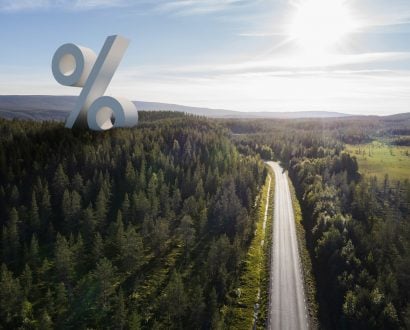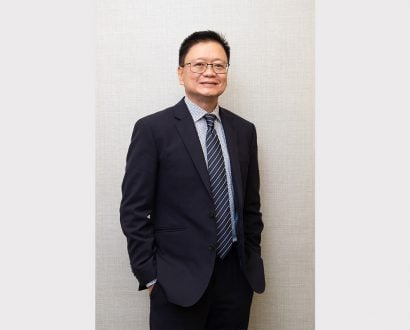New distributed ledger technologies should significantly reduce the cost of issuing fixed interest instruments such as bonds for corporates, in the wake of World Bank’s world-first blockchain bond completed by Commonwealth Bank in 2018.
This should increase investors’ ability to buy bonds, says Brad McCosker, founder and managing director of the Australian Bond Exchange. “As technology improves, this will increase efficiencies in the middle and back office,” he explains.
However, McCosker questions blockchain’s usefulness, given how slow the technology is when it comes to processing transactions. Nevertheless, he expects technology involved in fixed interest markets will ultimately become as efficient as it is in equity markets.
At the moment, every fixed interest transaction must have its own Austraclear account or custodian to settle the trade. In equities markets, typically there is a central custodian, for instance CHESS performs this function in the Australian share market. This means debt market transactions are typically more costly.
According to McCosker, in the near future new technologies such as Australia’s New Payments Platform will be used to issue bonds, which will allow transactions to be instantly settled. “This will lead to a bigger market because it will be less risky to transact,” he explains.
Jim Stening, founder and managing director of bond specialists FIIG Securities, expects the debt markets to continue to mature in 2019. “Debt is migrating from bank balance sheets to pension funds,” he says. This is because banks are increasingly capital constrained due to regulatory rules that have lifted the amount of money they are required to hold.
Aside from pension or super funds, corporate borrowers are increasingly talking to alternative financiers and emerging private debt markets.
“There’s a requirement for different types of tiered funding from a range of lenders,” Stening says. He says corporates can expect to pay anywhere from 6.5 per cent to 8.5 per cent for instruments with tenors of five to six years for funds raised in alternative markets.
Citi’s head of debt markets for Australia and New Zealand, Ian Campbell, says volatility in debt markets experienced during 2018 is expected to persist into 2019. Additionally, structures such as green and sustainable bonds continue to attract the interest of both debt investors and borrowers.
“Companies are considering alternative liquidity pools, and are becoming more focused on achieving environmental, social and governance compliance,” he says.
Rob Kenna, head of debt markets at CBA, says social benefit bonds are an interesting area of focus in the not-for-profit sector. In the for-profit segment, new debt investors entering the market is encouraging clients to review their sources of capital to identify the most efficient funding structure.
“Companies are looking at potentially adding subordinated debt and moving down the capital structure. Additionally, a growing group of investors is looking at smaller, alternative structures in sizes that are applicable to a wider cross-section of our client base,” he says.
Recently, CBA worked on a transaction with a corporate that reviewed its capital structure in light of emerging alternate funding sources. “We were able to connect it with providers of senior term capital and also subordinated capital,” Kenna explains.
A cross-section of debt investors were involved in the transaction, including fund managers and insurance funds across a range of geographies.
Angus St John, CBA’s global head of funds, confirms super funds are also showing more interest in direct credit investments.
“Volumes are not huge so far, but they are interested in structures with longer tenor as well as different parts of the capital stack and they are keen to engage directly with banks and corporates. There’s also a tidal wave of capital coming from big private equity firms that have expanded significantly into credit. They want to become multidisciplinary financial services organisations and invest through the whole of the capital structure.

“The big winners are CEOs or CFOs of these corporates because they’re getting better breadth and depth for different financing options, and are increasingly spoiled for choice around the range of funding alternatives at their disposal,” says St John.
Kenna says at the moment the market is characterised by lower yields and plenty of liquidity. In response, some investors are looking to differentiate themselves by extending tenor, or by repositioning in the capital stack to better meet their absolute or risk-adjusted return objectives.
“Particularly in the infrastructure universe, borrowers are keen to reduce the amount of refinancing risk they have and match the life of the asset with longer-dated debt. Investors have used the ability to deliver longer duration to achieve additional returns,” he explains.
Campbell’s advice for CEOs considering debt raisings in 2019 is to take an agnostic approach to the source of funds.
“Consider where the deepest pools of capital are during periods of volatility, and where to access liquidity that helps maintain a low cost of long-term capital. It is hard to see 2019 being another lower cost year for funding, and many CEOs or CFOs are looking at alternative sources of debt finance in this environment. The message is to be prepared and have the ability to pivot to new forms of finance,” he says.







